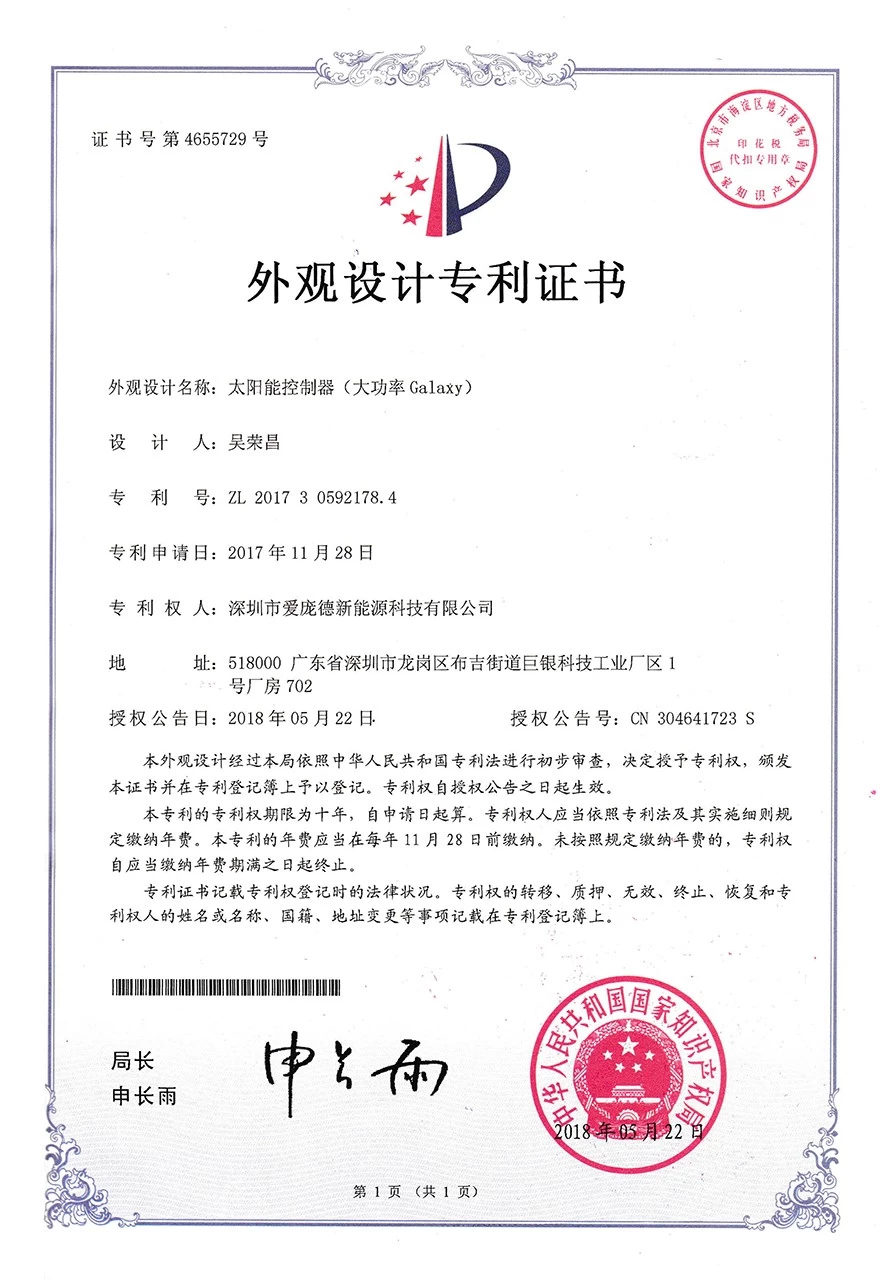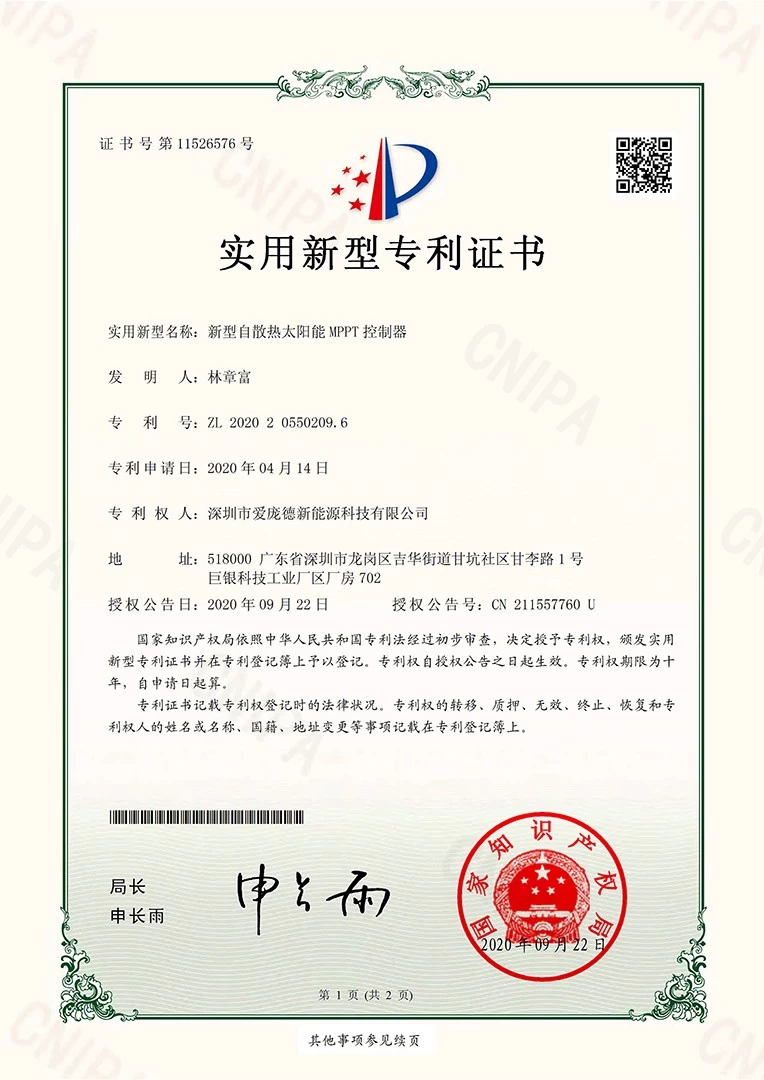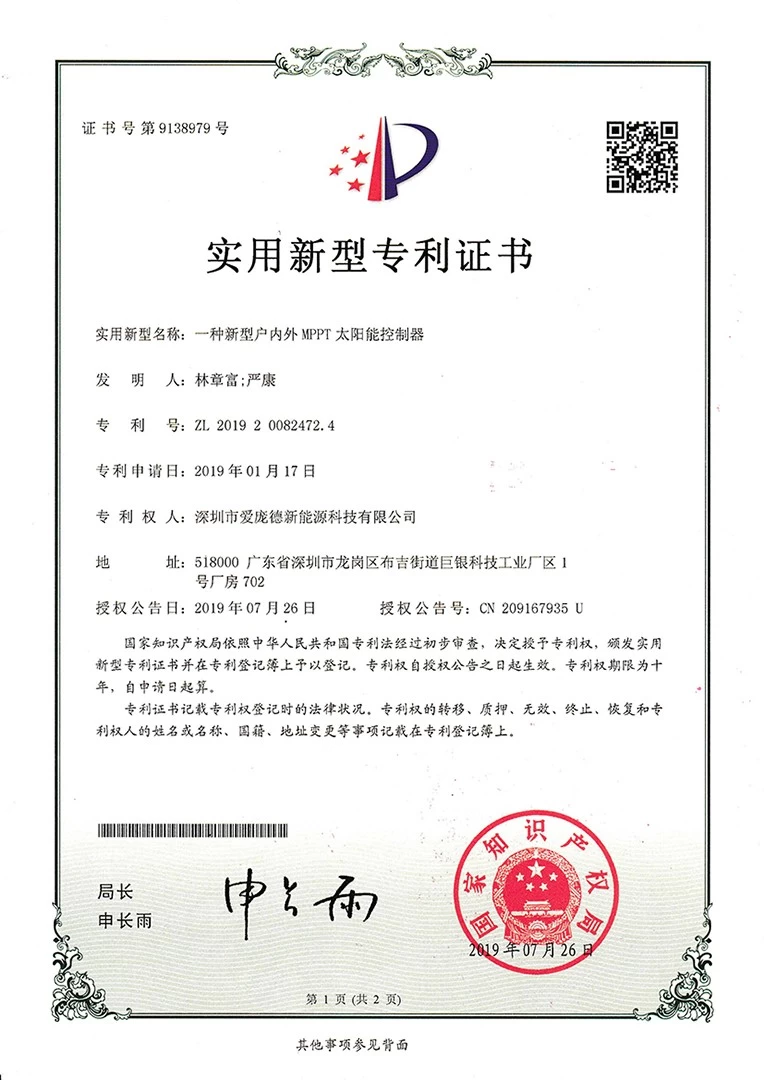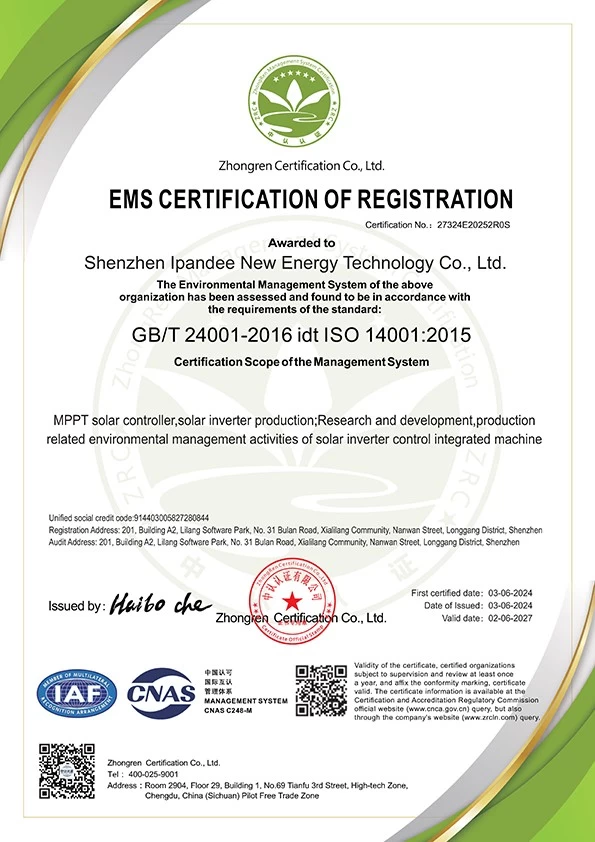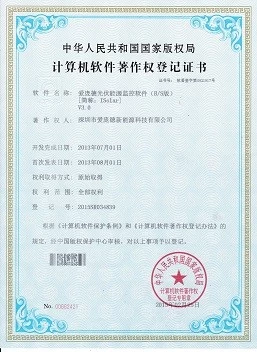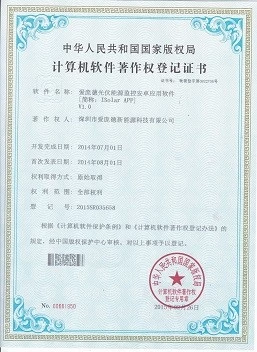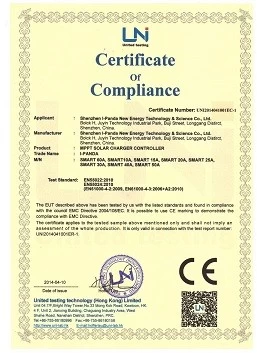Spain's photovoltaic industry will usher in an outbreak
Industry analysis shows that Spain's PV will grow strongly in the next 10 years, spurred by huge market potential. In 2019, Spain hopes to regain its glory in the photovoltaic field through more long-term power purchase agreements (PPAs) and distributed power generation projects. However, limited grid capacity, regulatory deficiencies, market speculation, etc., have made Spain's PV practitioners worry.
Huge growth potential
According to statistics from the European Solar Energy Association, in 2018, Spain's new PV installation reached 714 MW. The association predicts that in 2019, Spain is likely to achieve a new installed peak in Europe that has not appeared in years.
The European Solar Energy Association has designed three different scenarios for the growth of photovoltaic power generation in Spain:
In the low forecast scenario, the new PV installation will be 1731 MW;
In the medium-predicted scenario, the new PV installation will be 3266 MW;
In the high forecast scenario, the new PV installation may be as high as 9798 MW.
The actual situation may be more optimistic. At the Solar Forum held by the Spanish Photovoltaic Association in Madrid in November 2018, European Solar Energy Association representative Raffaele Fait said: "4 GW, 5 GW, or even 6 GW of potential new installed capacity, Spain is expected to become the whole of Europe The leader in the photovoltaic market."
As early as July 2017, the project secured by the renewable energy auction in Spain has ensured that 3.9 GW of new photovoltaic power will be connected to the grid in Spain in 2019. According to regulations, these projects must begin to supply power to the grid by the end of 2019.
Long-term power purchase agreement
Whether in 2018 or 2019, the main driving force for the Spanish photovoltaic power generation market is the large-scale centralized power station. Throughout 2018, photovoltaic power plants with PPA as the main target are the vast majority of new capacity. Since 2017, the British asset management company Foresight Group announced the signing of Spain's first large-scale PV PPA, similar projects have blossomed throughout Spain. According to the Spanish Photovoltaic Association, the installed capacity of PPA's photovoltaic power generation has exceeded 1.5 GW.
Two factors contributed to the growth of PPA in Spain: the decline in the cost of photovoltaic components; the spot price in Spain has risen sharply in the past 12 months.
Dario Castagnoli, director of energy management and trade at Nexus Energia, a Spanish gas and electricity supplier, believes that the spot price of electricity during the period 2020-2021 is expected to be between €50 and €55 per MWh, which guarantees the PPA's first four years after signing. Or highly deterministic within 5 years. “Subsequent changes in market prices and PV costs will determine the profitability of the contract.”
According to Castagnoli, the current power purchase agreement, which lasts 10 to 15 years, will be locked at a fixed price of less than €40/MWh. For the shorter time PPA, he also said that the price of electricity is about 1-2 euros/MWh lower than the market price curve to compensate for the production risk.
On the other hand, the option to sign a power purchase agreement shifts the risk from the buyer to the electricity producer, while also allowing entities outside the Spanish electricity market (such as hedge funds) to enter into such contracts directly with the producer. “It is now possible to stipulate a power purchase agreement at a fixed price of €38/MWh to €41/MWh, depending on the start date of production and the solvency of the recipient,” concludes Castagnoli.
Power grid capacity to be tested
There is no suspense in the future strong growth of the Spanish PV market, but there is still uncertainty as to whether the grid can withstand such tremendous pressure.
Spanish grid operator REE said that the Spanish grid is now fully capable of withstanding the 7 GW of photovoltaic and wind power generation after 2017.
However, REE also said that at present, more than 35 GW of photovoltaic and wind power in Spain is being planned or under construction, and even the most developed power grid faces management problems. “In the future, depending on the project, REE may impose production restrictions on the power station. However, the projects that have been completed and put into production have not encountered any special problems.”
The Spanish government is actively promoting the development of the photovoltaic industry from a policy perspective. In early October 2018, Spain cancelled the distributed photovoltaic tax. In the decree issued during the same period, the Spanish government also postponed the value date of the company's grid connection of photovoltaic power plants. These new regulations increase the cost of guarantees for photovoltaic power plants to access the distribution network, from 10 Euros/kW to 40 Euros/kW. This change is mainly to reduce market speculation.
According to Alessandro Diego Russell, managing partner of Spain's photovoltaic power plant EPC contractor Energoya, there are speculations in the market that there are a large number of PV power speculators in southern and central Spain. “Some companies are not interested in developing projects, just selling power station projects in a market that is gradually inflated.”
Russell also believes that the market is expected to have stronger growth, and Spain will add 30 GW to 40 GW of PV installed capacity in the next 10 years. "After years of stimulation by the government, the Spanish PV industry needs clear and stable rules. We don't plan to get more aid or subsidies, and there is really not much need," he said.
Currently, the Spanish minority government led by Pedro Sanchez is working to revitalize its domestic renewable energy sector, especially in the photovoltaic sector. Since taking office, Sanchez has taken many measures, including the decisive shift in renewable energy in the EU in 2030 – reaching the 32% renewable energy target. However, in the summer of 2020, Spain may hold new elections and investors have to be cautious. But in any case, PV seems to have found a new development path in Spain.
weYes Inverter manufacturer, off-grid solar controller,MPPT Solar Charge Controllersupplier, solar charge controller - Inverter factory
Disclaimer: The content is partly from the internet.In order to pass on more information, this does not mean agreeing to its views or confirming its description.Article content is for reference only





